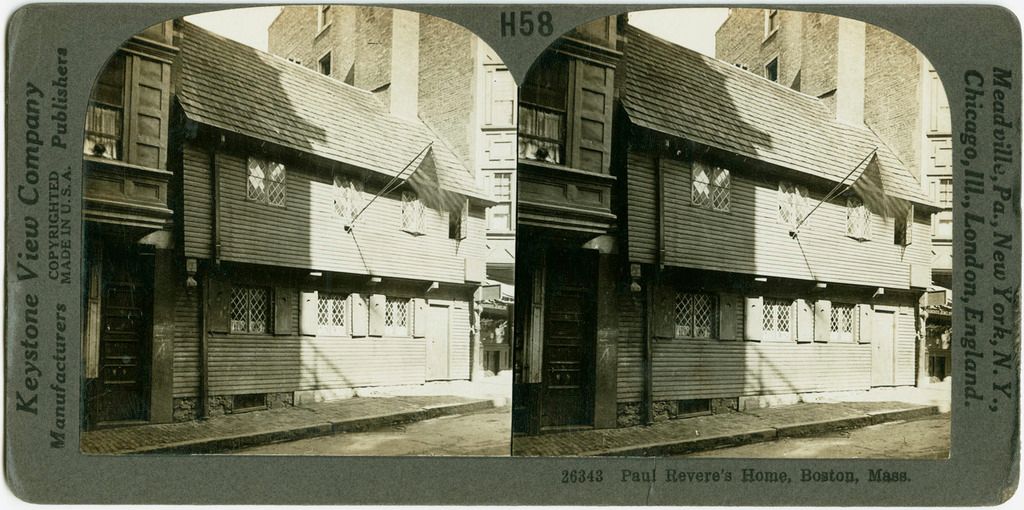Catastrophic Air Disaster: Korean Air Flight 801's Fatal Plunge Reshaping Aviation Safety Standards
A Tale of Tragedy: Korean Air Flight 801
On a fateful night in August 1997, Korean Air Flight 801 met its end as it plummeted into the terrain during its descent into Guam's Antonio B. Won Pat International Airport. Claiming the lives of 228 out of 254 souls aboard, this harrowing incident left an indelible mark on the annals of aviation history.
Amidst the Clouds and Stars: A Glimpse into the Lives Lost and Lived
On August 5, 1997, Korean Air Flight 801 embarked on its journey from Seoul's Kimpo International Airport, carrying 254 passengers and crew. Among these passengers were tourists and business travelers hailing from four different countries, ready to discover the wonders of Guam. As fate would have it, this flight, bound for a tropical paradise, became a tragic symbol of a darker side of aviation.
A Perfect Storm of calamity: Navigating the Corners of Calamity
The crash of Korean Air Flight 801 was a complex brew of human error, inadequate training, and technical glitches. The root cause can be traced back to a combination of navigational errors, equipment malfunctions, and miscalculations on the part of the pilots. The misconception that Guam's airport glideslope was operational was a lethal error, further compounded by the pilots' poor judgment under the inferior conditions of night flying and limited visibility.
Aftermath: Rising from the Rubble and Reshaping Skies of Safe Flight
The Korean Air Flight 801 disaster had far-reaching consequences across the aviation industry. In the wake of this tragedy, a renewed focus on safety protocols became paramount. This shift resulted in stricter training programs for pilots specializing in night flying and expert guidance for navigating in poor weather conditions. Enhanced communication within the cockpit and a greater emphasis on utilizing available instruments were also key reforms.
- Flight 801 was a Boeing 747-300.
- 254 souls were on board, including 17 crew members and 237 passengers.
- The disaster claimed the lives of 228 souls, with just 26 survivors amongst the crew and passengers.
- The crash was caused by a tragic cocktail of factors, including pilot error, inadequate training, and equipment malfunctions.
- The disaster led to sweeping changes in pilot training and aviation safety protocols.
Unraveling the Mystery: The Swiss Cheese Model
The Swiss Cheese Model, conceptualized by psychologist James Reason, provides an insightful framework for understanding accidents in complex systems, such as aviation. This model illustrates the myriad layers of defenses within organizations, each containing vulnerabilities, or "holes." When these weak spots align, it creates the perfect recipe for disaster.
In the case of Korean Air Flight 801, a multitude of failures converged to bring about the catastrophe:
- Hidden Faults (Systemic weaknesses over time): Korean Air had longstanding organizational issues, including inadequate pilot training for non-precision approaches. Additionally, regulators such as the Korean Civil Aviation Bureau and the Federal Aviation Administration were criticized for not ensuring proper preparation for pilots in conditions like those faced by Flight 801.
- Unsafe Supervision: Regulatory oversight by authorities was lacking. Despite the known issue with the airport's glideslope, insufficient corrective measures were taken, and proper briefings for flight crews were not standardized.
- Conditions Conducive to Error: The pilots' fatigue played a significant role in the incident. Combined with poor communication within the cockpit and the misconception that the glideslope was operational, it proved to be a lethal recipe.
- Active Errors (Fatal mistakes in the moment): The crew's decision to descend below the minimum safe altitude, despite warnings from the Ground Proximity Warning System (GPWS), sealed the tragic fate of Flight 801.
Not One Error: The Accretion of Mistakes
The Swiss Cheese Model demonstrates that the tragic crash of Korean Air Flight 801 was the culmination of several errors at various levels. These errors ranged from systemic organizational issues to human mistakes. Each layer of defense had its weaknesses. When these weaknesses aligned, the unthinkable occurred. In the aftermath, efforts were made to fix these flaws and strengthen aviation safety standards and practices.
- Find more information about this incident at:
- NTSB Accident Report: https://www.ntsb.gov/investigations/AccidentReports/Reports/AAR9801.pdf
- Wikipedia: https://en.wikipedia.org/wiki/Korean_Air_Flight_801
- Simple Flying Article: https://simpleflying.com/korean-air-flight-801-cabin-crew-perspective/
- Image Sources:
- Featured image: By Rex B. Cordell, U.S. Navy. - http://www.defenselink.mil; exact source for image 970806-N-7159C-004, Public Domain, https://commons.wikimedia.org/w/index.php?curid=6208931
- Map Source: https://guam-online.com/maps-of-guam/
- For additional aviation accidents and incidents: https://our website/aviation-accidents-and-incidents/
- The harrowing crash of Korean Air Flight 801 is not just a chapter in aviation history, but a symbol of the darker side of human error, incompetent training, and technical glitches in the world of flight. [general-news, crime-and-justice, sports, sports-betting]
- The disaster, classified under 'general-news,' shook the aviation industry to its core, leading to an overhaul of safety protocols and training programs, with a particular focus on night flying and weather condition navigations. [general-news]
- The Swiss Cheese Model, a framework used to understand complex systems failures, illuminates the interconnected series of errors that contributed to the Korean Air Flight 801 crash: systemic issues, poor supervision, error-prone conditions, and critical mistakes committed by the crew. [aviation safety, aviation accidents, aviation history]








